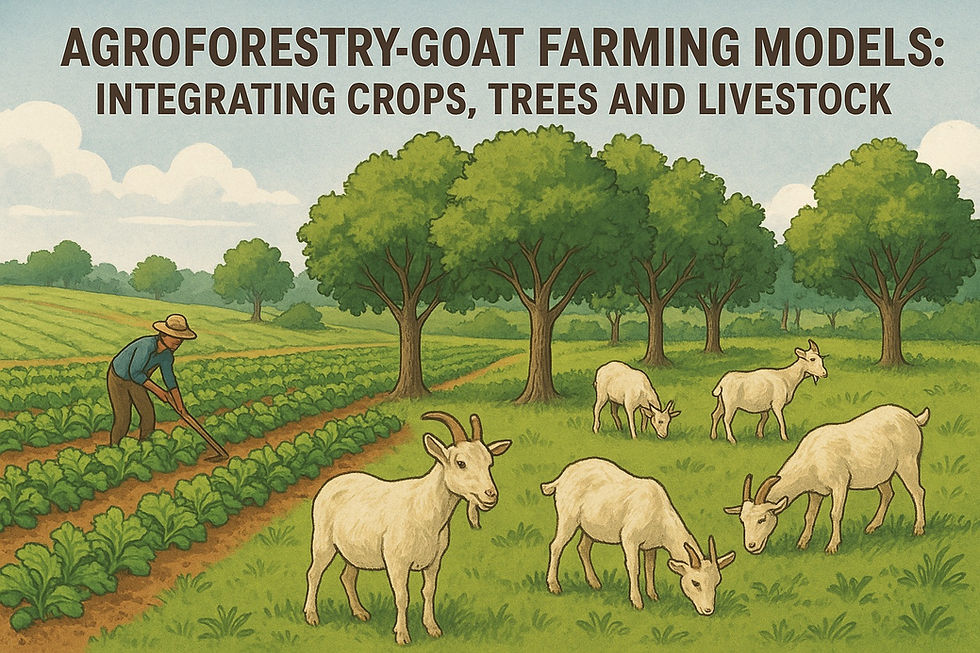Contribution of Livestock Farming to the Indian GDP
- Global Services TGT
- Apr 25
- 2 min read
Livestock farming has long been a vital pillar of India's agrarian economy. As a subsidiary of agriculture, it provides livelihood support to millions, especially small and marginal farmers, landless laborers, and women in rural areas. Beyond its social significance, the livestock sector plays a crucial role in the national economy, contributing substantially to the country's Gross Domestic Product (GDP).
As per the estimates from the Ministry of Agriculture and Farmers’ Welfare, the livestock sector contributed around 4.5% to India’s total GDP and approximately 30% to the agricultural GDP in recent years. This share has shown a consistent upward trend, highlighting the sector’s growing importance amid structural transformations in Indian agriculture.
India is one of the largest producers of milk, meat, eggs, and fish globally. The major livestock products contributing to the economy include:
Milk: India is the world's largest milk producer with 208,984,430 tonnes. The dairy sector alone accounts for nearly two-thirds of the total value of livestock output.
Meat: India is a major exporter of buffalo meat and also produces mutton, poultry, and pork.
Eggs and Poultry: The poultry industry is growing rapidly, driven by rising domestic consumption and exports.
Wool and Dung’s Power: Though often overlooked, these by-products contribute to rural sustainability and income.
Livestock farming provides direct employment to over 8.8% of the Indian workforce and supports over 70 million rural households. It is particularly important in drought-prone and arid regions where crop farming is less reliable. Women play a pivotal role in milking, feeding, and caring for animals, making livestock a key avenue for women’s empowerment in rural India.
India’s livestock sector is also an important player in global markets. Products such as buffalo meat, dairy items, and leather are significant export commodities. The value of livestock product exports contributes notably to foreign exchange earnings and the trade balance.
To boost livestock farming, the Indian government has introduced several initiatives, such as:
Rashtriya Gokul Mission: for breed improvement.
National Animal Disease Control Programme (NADCP): for disease prevention and vaccination.
Dairy Infrastructure Development Fund (DIDF): to enhance dairy processing.
Animal Husbandry Infrastructure Development Fund (AHIDF): to encourage private investment in meat and milk processing.
Despite its growth, the sector faces challenges like inadequate infrastructure, limited access to veterinary services, and vulnerability to diseases. Climate change also poses a threat to fodder availability and animal health.
However, with rising demand for animal protein, growing urbanization, and improved technologies, livestock farming presents vast opportunities for inclusive rural development, sustainable agriculture, and increased GDP contribution.



Comments